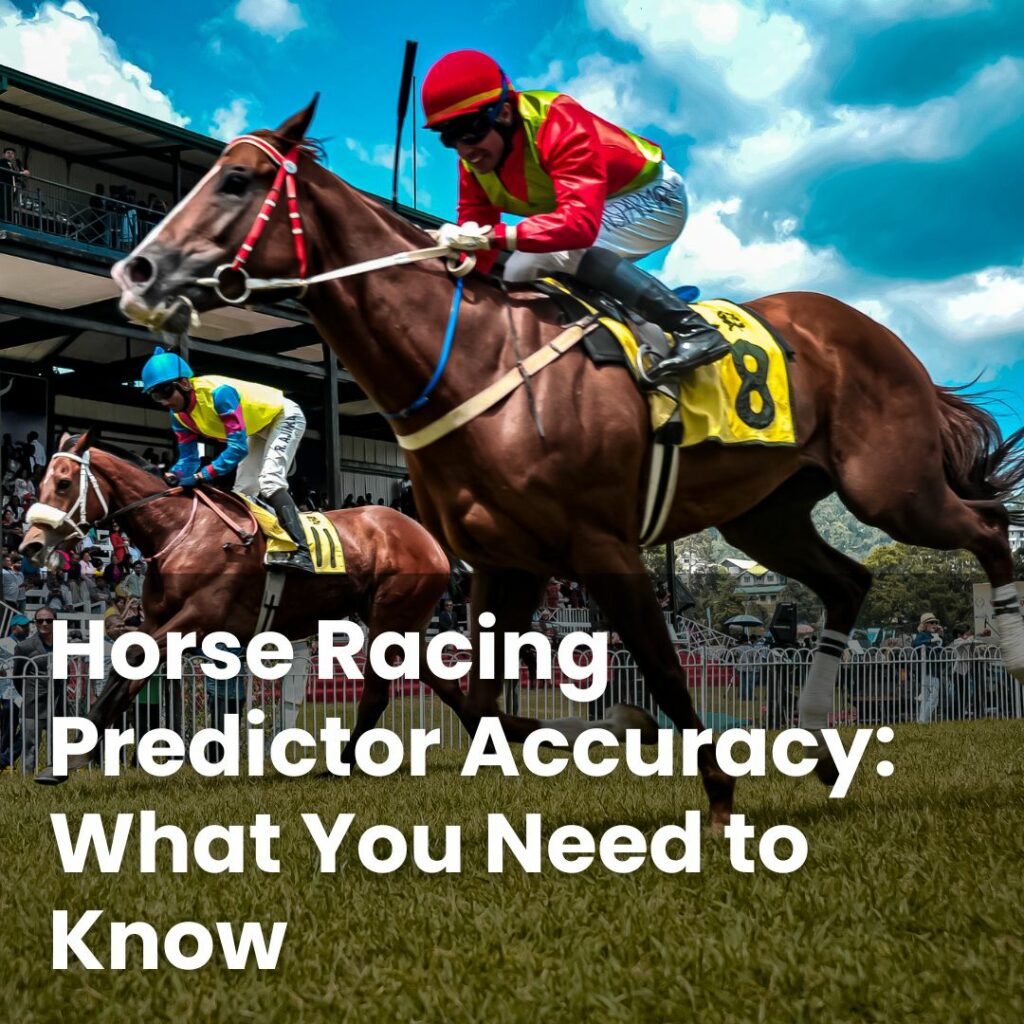Many people interested in horse racing come across predictors—tools designed to offer insights into how a race might unfold. These services tap into a range of past and present data to give a view of potential outcomes.
They’re not all the same, and their output can vary. To understand how useful they really are, it helps to look at what they do, how their performance is judged, and what influences their effectiveness.
This blog post takes you through each of those areas step by step.
Read on to learn more.
What Is a Horse Racing Predictor?
A horse racing predictor is typically software or a data-driven service aimed at suggesting how a race might play out. It leans on various pieces of information, often combining historical and situational elements.
These tools work in different ways. Some process data through algorithms, while others bring in informed opinions to balance the numbers. The information used might involve past performance, certain traits of the horses, or aspects of the track itself.
The output could be a list of names, rankings, or a set of percentages. These are not fixed outcomes—rather, they aim to summarise what might be likely based on available information.
Understanding how often these tools deliver on what they suggest is the next piece of the puzzle.
How Accurate Are Horse Racing Predictors?
Predictors vary in how they perform. Some seem more stable in particular types of races or when specific patterns repeat themselves. Others are less steady, with outputs that rise or fall depending on the situation.
When looking at how well they work, it’s not enough to pick out a few examples. Performance is better understood when measured across many events. That’s where more structured tracking comes into play—methods that look at how predictions compare to actual results, and whether those predictions hold up beyond just the data they were built on.
Some predictors express their view in the form of percentages or probabilities. These can be compared to what the betting markets offer. If a tool consistently highlights runners that appear to have a stronger chance than expected, it can become more appealing over time.
So, what makes one tool more consistent than another? That depends on what’s behind the predictions themselves.
See Our Top-Rated Online Casinos
Find the best online casino bonuses, read reviews from real players & discover brand new casinos with our list of recommended sites
Most Accurate Horse Racing Predictor: What to Look For
What sits beneath the surface often makes the biggest difference. Predictors that update frequently and respond to late changes tend to reflect current realities more closely. This includes things like track changes, horse withdrawals, or subtle shifts in form.
Tools that draw on deeper sources, such as in-race pace dynamics or trainer performance trends, can give a more layered view. When predictors go beyond surface-level stats, they’re more likely to highlight details others miss.
Another thing to look for is openness. When a service explains how it works and shows how past suggestions performed—both good and bad—it’s easier to judge whether its method aligns with what you’re looking for.
Some predictors are designed to focus on a narrow set of conditions. Whether it’s large, competitive fields or smaller novice races, being tuned to a particular race type can add strength. The best tools make this clear, so users can apply them where they fit best.
Rather than issuing a single selection, better predictors often share a fuller picture, such as a percentage chance or a comment tied to race dynamics. These details help users interpret the numbers for themselves.
Still, even a well-built tool can struggle if certain things go unnoticed or change late in the day.
What Factors Affect Predictor Accuracy?
Several subtle elements can pull a prediction off course. At the centre of it all is how solid the data is. Gaps, stale information, or reading too much into a small sample can all lead to distortions. Predictors that track things like recent outings, suitable distances, and booking patterns more thoroughly are usually steadier.
But it’s not just about the inputs—it’s about when and how they’re processed. If a forecast is built before the latest information is available, it can miss key developments. Track condition changes, race withdrawals, or patterns unfolding throughout the day can all influence what unfolds.
Then there’s how the models themselves are put together. Basic systems might treat every past race equally. More advanced ones try to weigh things like in-race tempo, or how a horse reacts to different circumstances. Yet even those models have limits. If they’ve been shaped too closely around past data, they might not hold up in real-time.
Not every element can be captured by stats. A change in how a horse is ridden, small equipment tweaks, or a shift in approach can all play a part. The structure of the race, such as the number of runners or the likely early pace, can tip the balance.
So, if you’re using a predictor, the way it fits into your thinking matters just as much as how it’s built.
Can You Rely on Predictors for Betting Decisions?
A predictor works best as part of a bigger picture. If you’re using one, it can help focus your attention—highlighting trends, drawing your eye to a few runners, or pointing out where the general view might be off.
But the picture can change. Weather turns, new riding instructions, and clear patterns from earlier races on the same day can all affect what might happen next. The strongest use of a predictor comes when you place its output alongside these more immediate clues.
One technique you might be interested in is comparing the suggested percentage chance with what’s on offer and deciding only where there appears to be something worthwhile. Over time, you can track how these situations work out for you and whether the tool helps with your decision-making.
Most importantly, treat this as a paid activity. Know how much you’re willing to spend, set your own boundaries, and step back whenever you need to. Seen that way, predictors can offer insights that sharpen your view, but they should never be mistaken for certainty.



